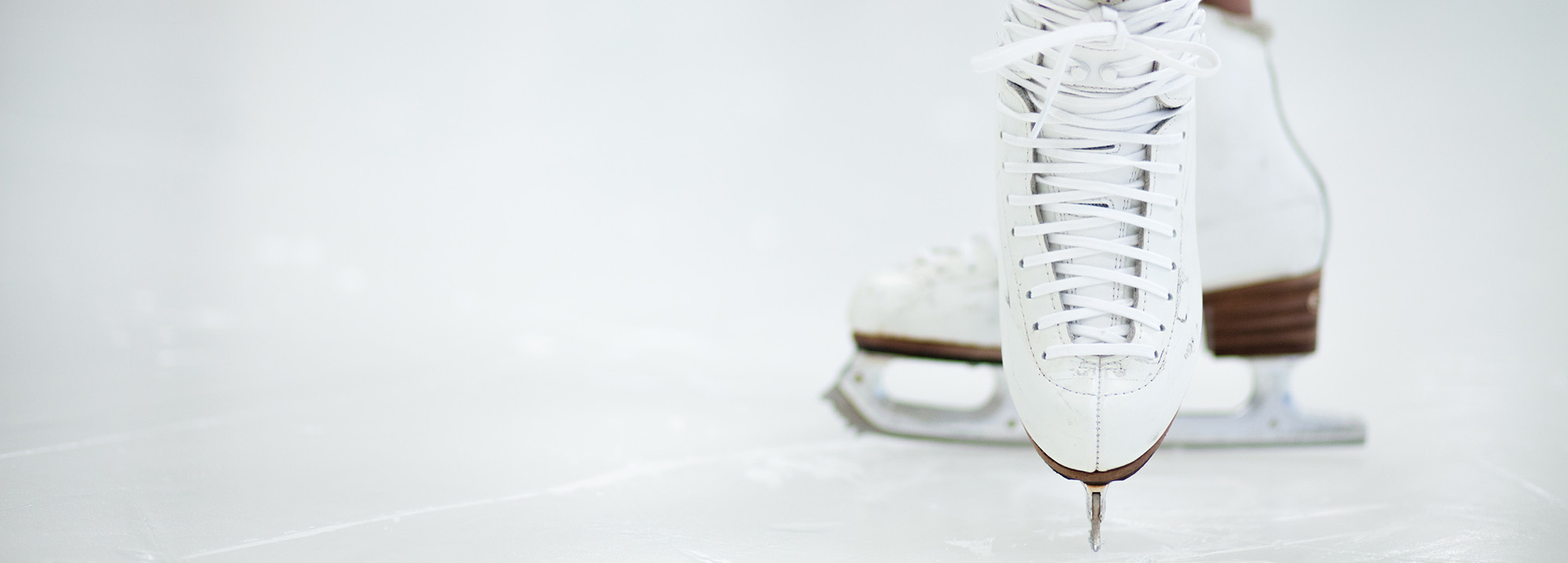

Two Fitness tips we learn from the Winter Olympics
While we watch Alpine skiers speed through difficult downhill courses and figure skaters bound balletically across the ice during these Winter Olympics, I can see the importance of two oft-overlooked elements of good fitness and training routines: of balance and flexibility.
When we work to prepare our bodies for a certain activity, or simply for the rigors of living an active lifestyle, we shouldn’t only be focusing on strength and cardio. It’s a good start, but if your balance and flexibility are below par, performance will be limited and the body will be more susceptible to injury.
Few things highlight this more than winter sports and activities, such as those featured during the Winter Olympics because they provide the ultimate challenge to balance and flexibility. Both balance and flexibility work together to keep these athletes upright while they adapt to new terrain, changes in position, etc. The importance of this is obvious on snow and ice, of course, but the same concept applies in everyday life.
Whether your personal goals include competing better athletically, getting outdoors more for hiking, cycling or (yes) skiing, or simply feeling safer and more confident playing in the backyard with the kids, good balance and flexibility are key.
To help improve balance and flexibility in your life check out these three tips.
Take an Exercise Class: Yoga, Pilates, step classes … they all strive to strengthen your core muscle groups, which are essential in achieving good balance. Plus, these classes often complement indoor cardio and resistance training – training that may do little to help with your balance.
Stretch Every Day: Take 10 to 15 minutes each day to stretch, either in the morning or just before bed. A stretch right before an activity will do little to help you out unless you’ve worked to establish a higher level of flexibility over the long term.
Perform Single-Leg Balance Exercises: Get your body accustomed to relying on one side at a time. Practice standing on one leg while tilting your body forward, back and sideways. Place your hand on a wall, countertop or piece of furniture if you need help balancing. Other single leg balance ideas include ball bounces, standing on a foam pad, and practicing with eyes closed … all in a safe setting, of course.
For a more individualized approach of our course, a physical therapist can help but in the meantime, give one of the tips a try.
Please Share
categories
Recent Posts
categories

Two Fitness tips we learn from the Winter Olympics
While we watch Alpine skiers speed through difficult downhill courses and figure skaters bound balletically across the ice during these Winter Olympics, I can see the importance of two oft-overlooked elements of good fitness and training routines: of balance and flexibility.
When we work to prepare our bodies for a certain activity, or simply for the rigors of living an active lifestyle, we shouldn’t only be focusing on strength and cardio. It’s a good start, but if your balance and flexibility are below par, performance will be limited and the body will be more susceptible to injury.
Few things highlight this more than winter sports and activities, such as those featured during the Winter Olympics because they provide the ultimate challenge to balance and flexibility. Both balance and flexibility work together to keep these athletes upright while they adapt to new terrain, changes in position, etc. The importance of this is obvious on snow and ice, of course, but the same concept applies in everyday life.
Whether your personal goals include competing better athletically, getting outdoors more for hiking, cycling or (yes) skiing, or simply feeling safer and more confident playing in the backyard with the kids, good balance and flexibility are key.
To help improve balance and flexibility in your life check out these three tips.
Take an Exercise Class: Yoga, Pilates, step classes … they all strive to strengthen your core muscle groups, which are essential in achieving good balance. Plus, these classes often complement indoor cardio and resistance training – training that may do little to help with your balance.
Stretch Every Day: Take 10 to 15 minutes each day to stretch, either in the morning or just before bed. A stretch right before an activity will do little to help you out unless you’ve worked to establish a higher level of flexibility over the long term.
Perform Single-Leg Balance Exercises: Get your body accustomed to relying on one side at a time. Practice standing on one leg while tilting your body forward, back and sideways. Place your hand on a wall, countertop or piece of furniture if you need help balancing. Other single leg balance ideas include ball bounces, standing on a foam pad, and practicing with eyes closed … all in a safe setting, of course.
For a more individualized approach of our course, a physical therapist can help but in the meantime, give one of the tips a try.
Please Share







